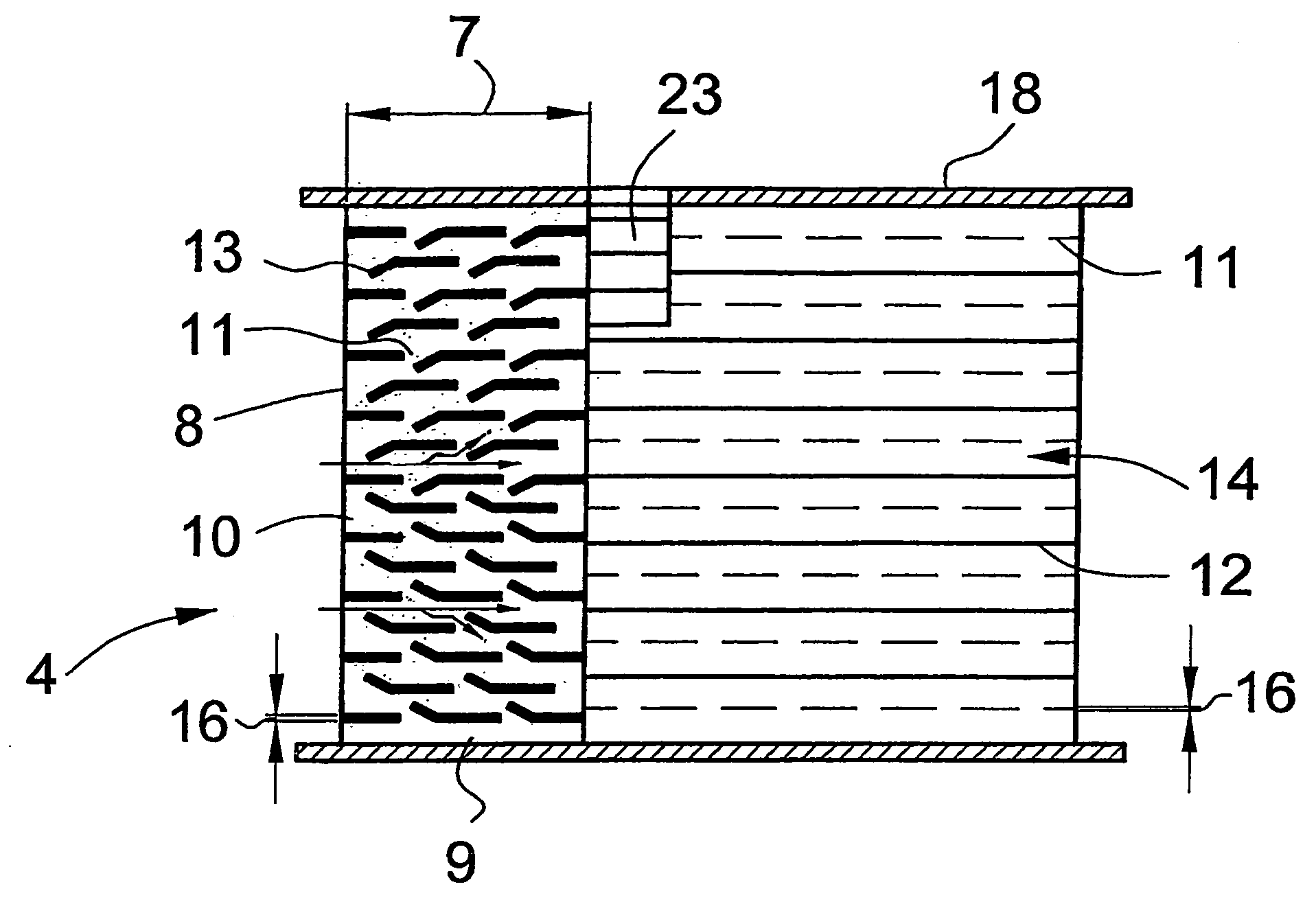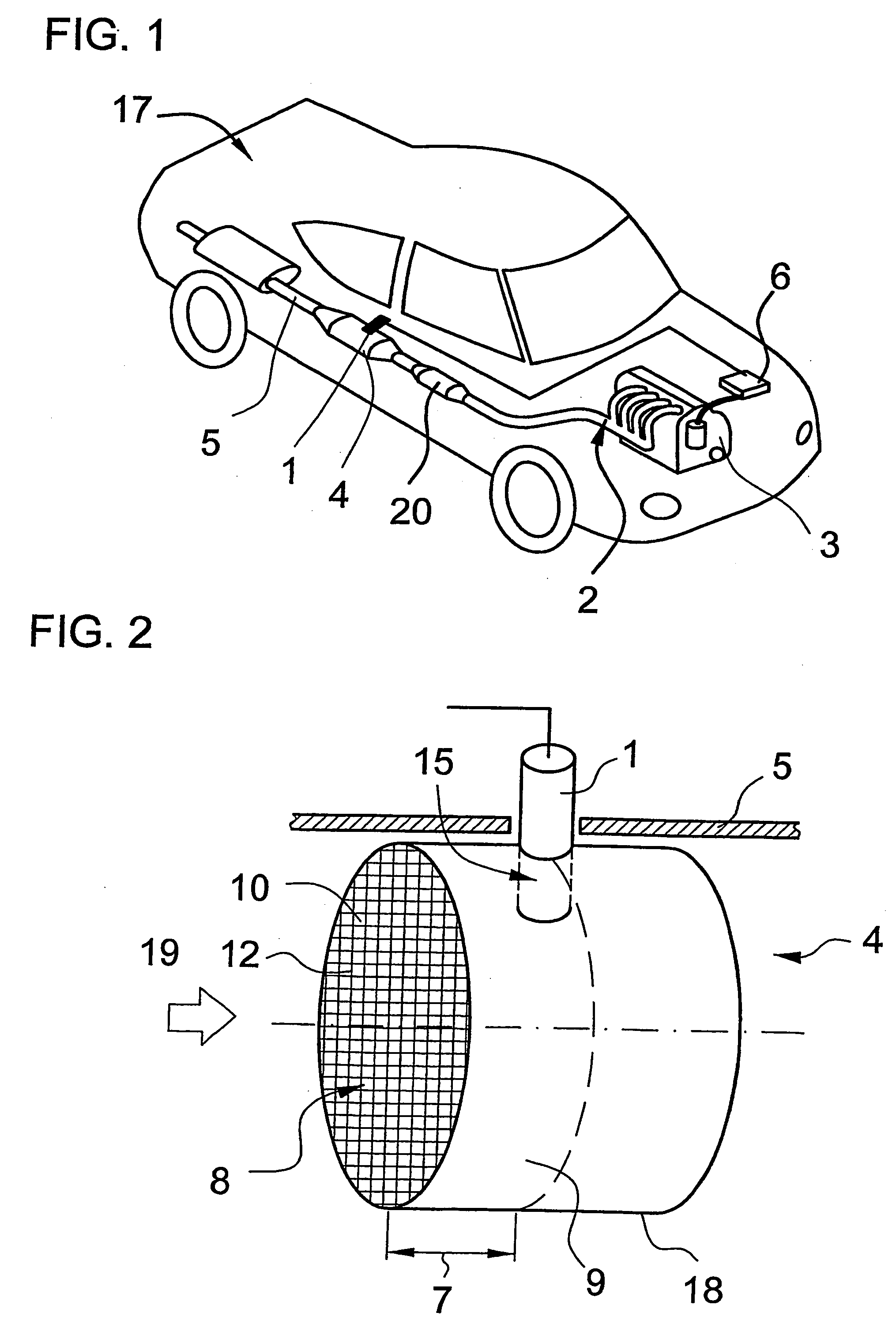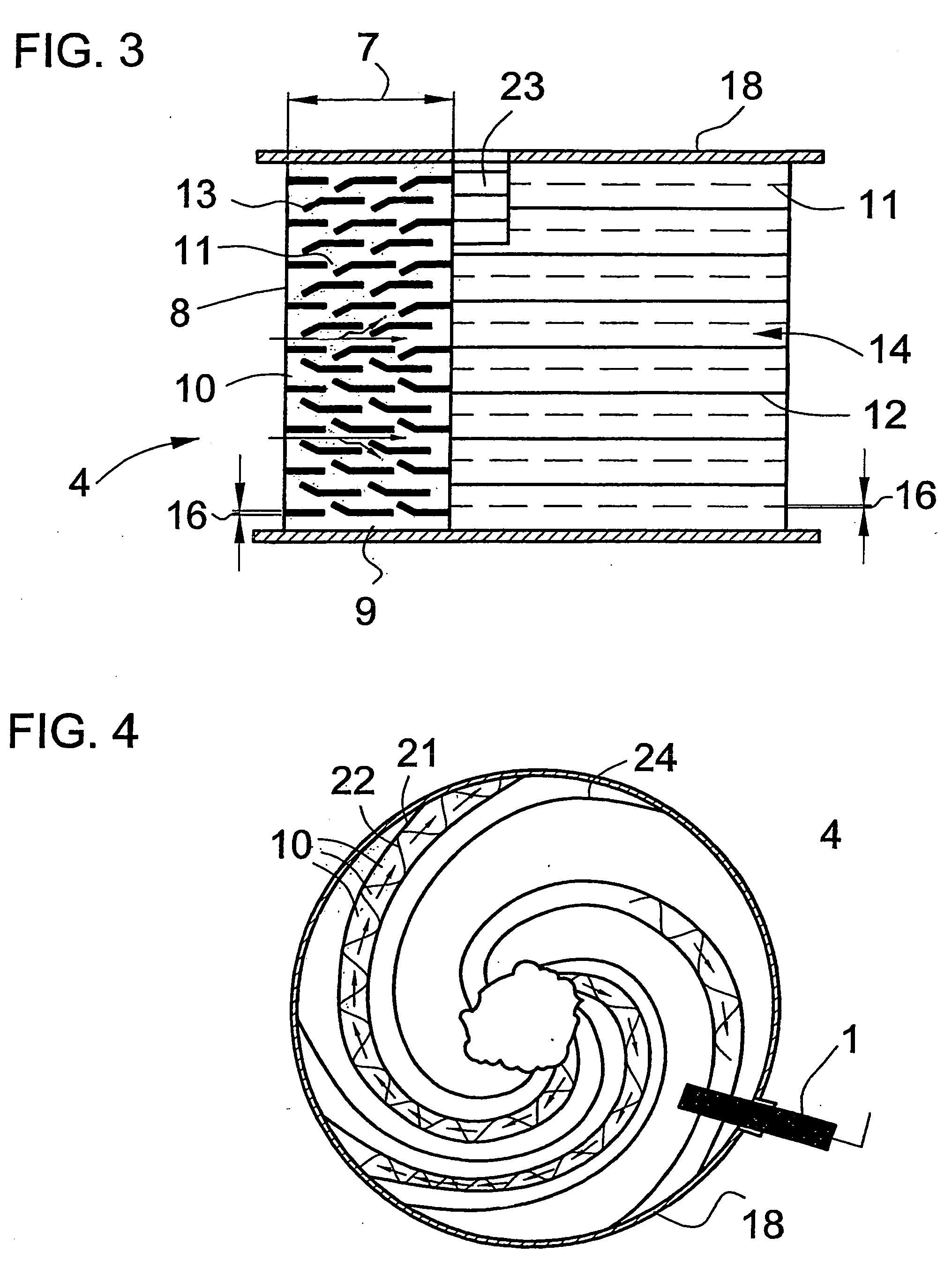Method for controlling a fuel mixture, exhaust gas system having a mobile internal combustion engine and vehicle having an exhaust gas system
a technology of exhaust gas and fuel mixture, which is applied in the direction of electric control, machines/engines, instruments, etc., can solve the problems of some sluggish thermal behavior and achieve the effect of simple structure and cost-effectiveness
- Summary
- Abstract
- Description
- Claims
- Application Information
AI Technical Summary
Benefits of technology
Problems solved by technology
Method used
Image
Examples
Embodiment Construction
[0059] Referring now to the figures of the drawings in detail and first, particularly, to FIG. 1 thereof, there is seen a diagrammatic and perspective view of a vehicle 17 with an internal combustion engine 3 and an associated exhaust gas system 2. In particular, diesel and spark ignition engines can be provided as the internal combustion engine 3. The exhaust gas which is generated through the use of the internal combustion engine 3 is output into the surroundings through an exhaust gas line 5. For this purpose, the exhaust gas is brought into contact with exhaust gas treatment devices such as, for example, catalytic converters, adsorbers, particle traps etc., with pollutants in the exhaust gas being at least partially converted into at least less noxious components.
[0060] In FIG. 1, the exhaust gas firstly flows through a mixer 20 before it is fed to a catalytic converter 4. The catalytic converter 4 is equipped with a control probe 1 for controlling a fuel mixture or for perform...
PUM
 Login to View More
Login to View More Abstract
Description
Claims
Application Information
 Login to View More
Login to View More - R&D
- Intellectual Property
- Life Sciences
- Materials
- Tech Scout
- Unparalleled Data Quality
- Higher Quality Content
- 60% Fewer Hallucinations
Browse by: Latest US Patents, China's latest patents, Technical Efficacy Thesaurus, Application Domain, Technology Topic, Popular Technical Reports.
© 2025 PatSnap. All rights reserved.Legal|Privacy policy|Modern Slavery Act Transparency Statement|Sitemap|About US| Contact US: help@patsnap.com



